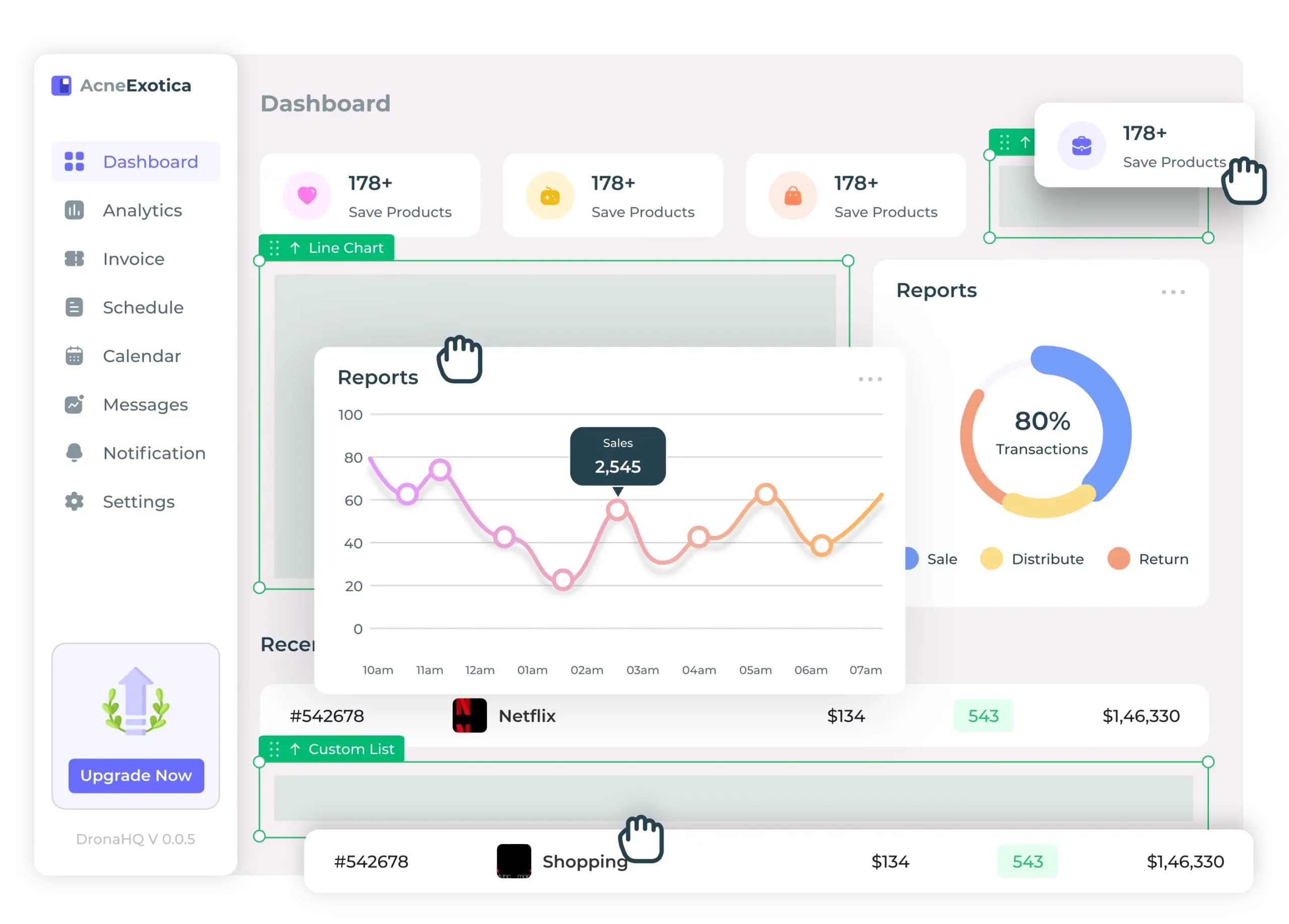What is Open Banking?
Definition of Open Banking
Open banking refers to the practice of allowing third-party providers (TPPs) to access financial data through Application Programming Interfaces (APIs). It enables customers to share their bank account information securely with authorized financial applications, fintech companies, and financial institutions.
This initiative is driven by regulatory requirements and aims to enhance financial services by fostering increased competition and innovation. While open banking is a global movement, different financial institutions and governments have unique regulatory approaches to its implementation.
How Open Banking APIs Work
Technical Overview
Open banking APIs facilitate seamless integration between banks, third-party providers (TPPs), and financial applications. These APIs allow financial institutions to create secure connections that give users control over their financial data while ensuring compliance with regulatory requirements.
Key Steps in Open Banking API Functionality
- Customer Authorization: Customers must give explicit permission to TPPs to access their banking data through a properly authenticated process, such as multifactor authentication.
- API Calls: The TPP then interacts with the bank’s API endpoints to retrieve relevant transaction history, financial accounts, and other necessary customer data.
- Data Sharing: Through open banking APIs, banks provide secure access to information such as account balances, online payments, and other financial transactions.
- Service Enhancement: Fintech companies leverage open banking APIs to offer services like alternative credit scoring, holistic views of personal finances, and real-time financial analytics.
Benefits of Open Banking APIs
Benefits for Customers and Businesses
Open banking APIs offer significant advantages for both banking customers and businesses:
- Enhanced Financial Control: Customers can share data with financial apps that help manage savings accounts, track spending, and automate budgeting.
- Faster Financial Transactions: Secure API traffic ensures real-time data access and faster payments.
- Better Credit Decisions: Lenders can assess consumer data and credit scoring models more effectively using open banking data.
- New Business Models: Banks and fintech companies can develop new revenue streams by offering innovative financial services.
Security and Compliance in Open Banking
Protecting Personal Information and Financial Data
Security is a primary concern in open banking. Banks and third-party providers implement stringent security protocols to protect customer data.
- Encryption: Ensures that financial transactions and banking data remain confidential.
- Rate Limiting: Helps prevent API traffic overload and potential abuse.
- Regulatory Compliance: Institutions must adhere to open banking standards and industry standards to ensure data integrity.
Regular penetration testing and API gateways further strengthen the security of financial services industry platforms.
Use Cases for Open Banking APIs
Accounting and Bookkeeping
Through open banking APIs, businesses can aggregate multiple bank accounts in one view, simplifying accounting and financial management.
Mortgage and Lending
By leveraging open banking data, mortgage lenders can provide instant approvals and better loan offers based on real-time transaction data.
Open Banking Ecosystems
Emergence and Growth
The banking industry is witnessing the emergence of different open banking ecosystems, each with unique models such as the rainforest (diverse and competitive) and the English garden (more controlled and standardized).
Open Banking Strategy: Banking-as-a-Service (BaaS) Model
The Banking-as-a-Service (BaaS) model enables traditional banks to offer financial products via fintech companies. This model helps banks to reach new customers and expand their revenue streams.
Technologies Powering Open Banking
API Specifications and Standards
API specifications define the format, structure, and security of open banking APIs. Industry standards must be met to ensure interoperability and securing APIs against fraud.
The Shift from Traditional Banking Services to Open Banking
The rise of open banking initiatives has transformed the financial industry, shifting away from traditional banking services that rely on closed systems. Historically, customers had limited control over their financial data, with banks acting as sole gatekeepers. With open banking APIs explained, users now have the flexibility to connect their financial accounts to third-party apps, enabling a more customized and convenient banking experience.
How Open Banking APIs Improve Access to Financial Services
In contrast to traditional banking services, open banking APIs provide a seamless way for consumers to access financial products beyond what their primary bank offers. For instance, users can integrate budgeting tools, credit scoring platforms, or investment apps directly with their user’s bank account. This enables them to make informed financial decisions, track expenses, and optimize their savings.
Open Banking Initiatives and Financial Inclusion
Many open banking initiatives are focused on improving financial inclusion by enabling underserved populations to access banking services. Unlike traditional banking services, which often require extensive credit histories, open banking-based solutions allow lenders to assess transaction data from the user’s bank account for alternative credit scoring. This makes it easier for individuals and small businesses to secure loans and manage cash flow effectively.
Security in Open Banking vs. Traditional Banking Services
One common concern regarding open banking APIs explained is security. While traditional banking services have relied on private systems and direct customer interactions, open banking initiatives enforce strict regulatory requirements. Features such as multifactor authentication, encryption, and rate limiting ensure that user’s bank account data is protected from fraud and unauthorized access.
Open Banking APIs Explained: How They Benefit Businesses
For businesses, open banking APIs offer the ability to integrate financial operations seamlessly. Unlike traditional banking services, which may involve manual processes, businesses can use open banking APIs to automate invoicing, track payments, and reconcile accounts in real time. This helps improve cash flow management and reduces operational costs.
Comparing Open Banking APIs with Traditional Banking Services
A key difference between traditional banking services and open banking APIs lies in the control customers have over their financial data. While traditional banks store customer information within their systems, open banking initiatives empower users to decide how their user’s bank account data is shared. This shift fosters transparency and competition in the financial services sector.
The Role of Open Banking Initiatives in Digital Transformation
The introduction of open banking APIs has accelerated digital transformation within the banking industry. While traditional banking services often involve visiting physical branches for financial transactions, open banking initiatives enable users to conduct all activities online. Whether applying for loans, making online payments, or managing subscriptions, customers can now do everything with a few clicks.
Why Open Banking APIs Are the Future of Financial Innovation
By enabling third-party providers to build financial applications on top of bank infrastructure, open banking APIs explained how the industry is shifting toward a more customer-centric approach. Unlike traditional banking services, which offer limited customization, open banking fosters new business models where customers can select services tailored to their needs.
How Open Banking Initiatives Encourage Financial Transparency
Financial transparency is a major advantage of open banking APIs over traditional banking services. Through real-time access to financial data, both customers and businesses can make informed financial decisions. Whether tracking expenses, verifying transactions, or comparing financial products, open banking initiatives ensure that users are no longer reliant on outdated statements or manual record-keeping.
Open Banking APIs Explained: The Role of Regulations in Implementation
To ensure security and trust, regulators worldwide have established guidelines for open banking initiatives. These regulations define how open banking APIs should function, ensuring that user’s bank account information is protected while enabling innovation. Unlike traditional banking services, which operate under closed ecosystems, open banking APIs explained the importance of regulatory compliance in fostering a safer, more competitive financial environment.
Conclusion
Open banking APIs are reshaping the financial services industry, empowering customers with better financial control, fostering increased competition, and driving new business models. With the right security measures, financial institutions and fintech companies can unlock new possibilities while ensuring compliance with regulatory requirements.









